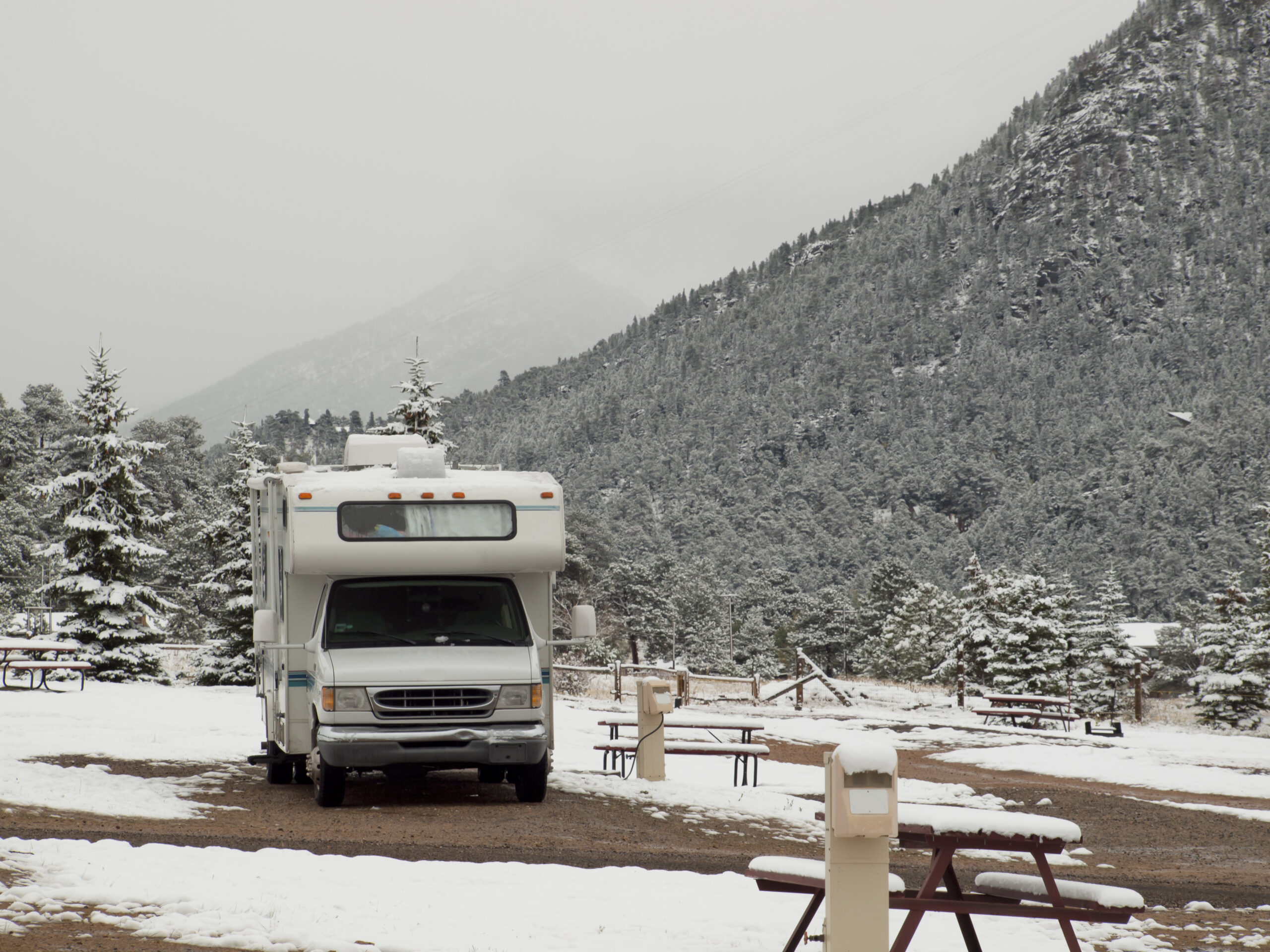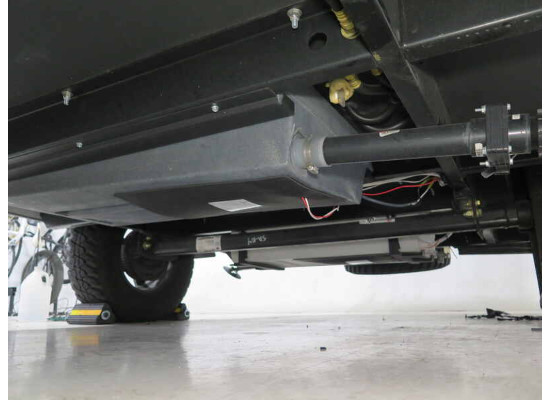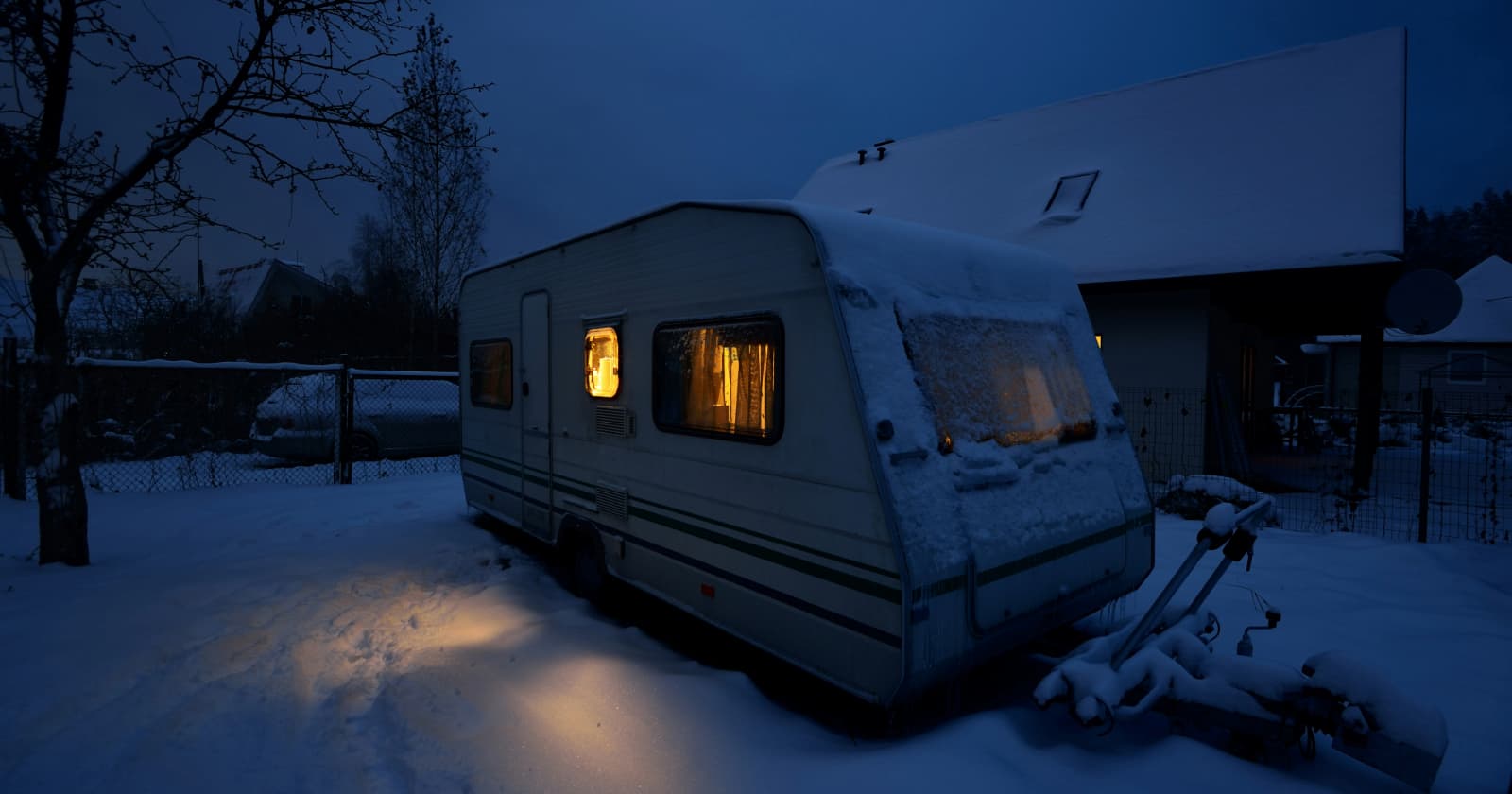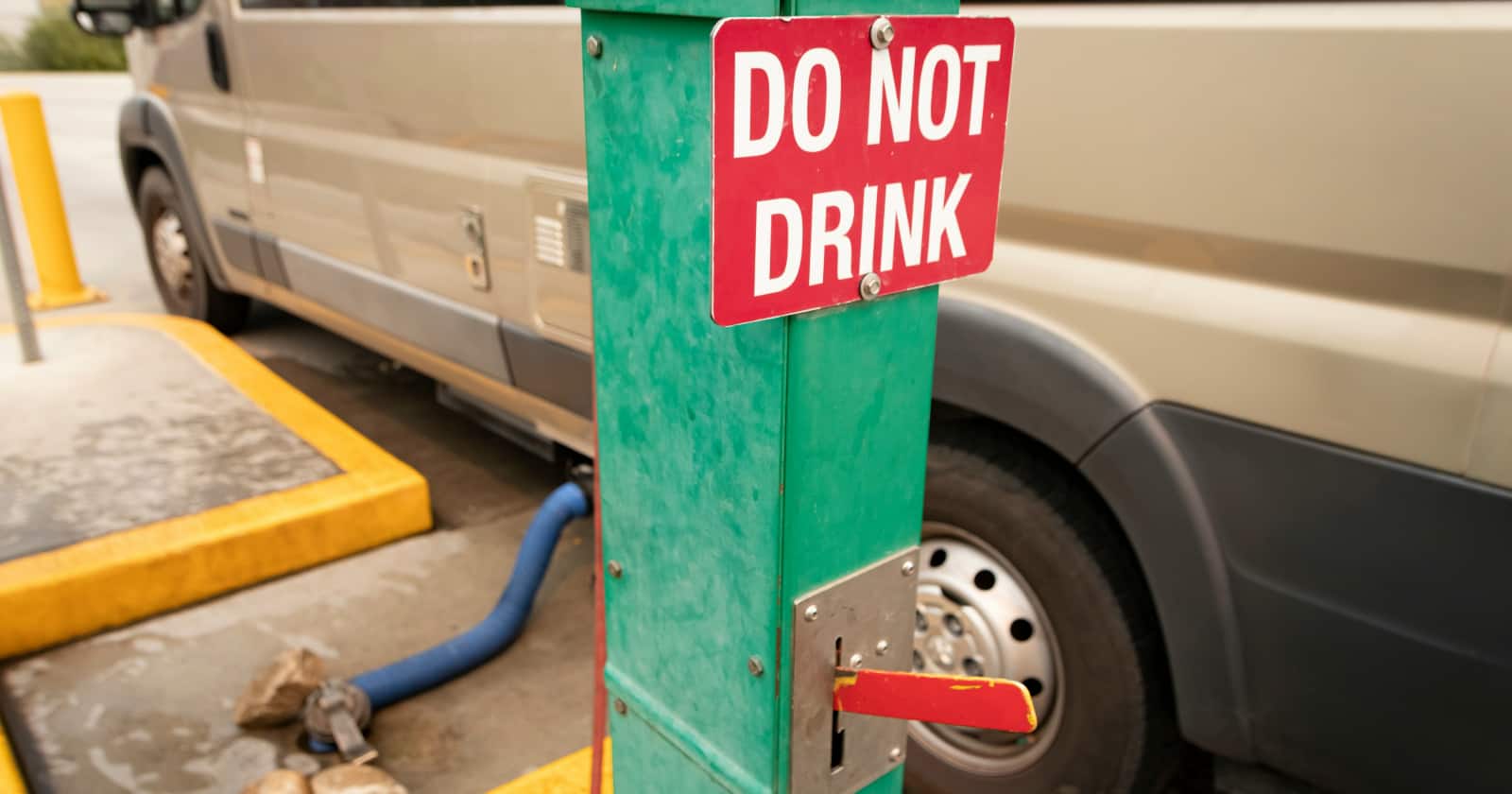
Do You Really Need RV Tank Heating Pads?
If you want to use your RV all year long, you’re likely going to run into some cold temperatures. And in many places, winter temps will go well below freezing, which can cause damage to holding tanks and pipes. One big way to help protect your water and sewer systems is by using RV tank heating pads.
An RV holding tank heating pad is a simple solution to keep the contents of your holding tanks from freezing solid. But just what are RV tank heating pads? And how do they work?
What Are RV Tank Heating Pads?
An RV tank heating pad is the same basic idea as any other electric heating pad: a heating element inside a rubber or fabric casing. The heating pad usually attaches to a holding tank with an adhesive backing. Then, they’re hooked up to electricity and can be switched on to keep the tanks warm.
Most RVs will have their holding tanks located under the RV, often open to the elements. If the liquids in your tank freeze, the expansion of water as it freezes could damage the tank (resulting in your needing to replace your RV holding tanks). Plus, if these tanks become frozen, you’ll no longer be able to empty your black or grey water tanks, nor will you be able to use your shower, sinks, or toilet.
Because of this, if you’ll be RVing in freezing temps, you’ll probably want holding tank heating pads. In fact, they’re sometimes even included in a new RV as part of a “four seasons” upgrade. But, if you want to install RV water tank heating pads aftermarket, it just requires a bit of electrical know-how.
Photos from ETrailer
How to install RV tank heating pads
The first step to installing an RV tank heating pad is to attach it to your holding tank. This is a simple process because RV heating pads for holding tanks usually attach to the tank with an adhesive backing.
Here are the general steps to attach RV holding tank heater pads:
- Choose a location on your tank where the heating pad will fit and lay completely flat.
- Clean the area you’ll attach the pad.
- Once the tank is clean and dry, take your holding tank heating pads and remove the paper from the adhesive backing and place the pad carefully onto the surface of the tank. The pad should be close to the drain or discharge portal on the tank, with the power leads (the wires coming out of the pad) facing towards the drain or discharge portal.
- Carefully smooth down the heating pad, working from one end to the other, avoiding creating gaps or air bubbles. Then, apply pressure evenly to the entire heating pad to firmly attach it in place.
From here, you’ll have to do the electrical installation. This is quite a bit trickier, and you may want to do some research to familiarize yourself with the workings of RV electrical systems. If you still don’t feel confident doing this yourself, you can always pay an electrician or RV technician to do the installation for you.
You’ll also have to know if your RV tank heating pads are AC-powered, DC-powered, or both.
AC-powered heating pads
An AC-powered heating pad may have a standard two-prong plug that can be plugged into any 120-volt AC outlet. Alternatively, they can be wired directly to the RV’s high voltage system and attached to a power switch (usually sold separately).
DC-powered heating pads
A DC-powered heating pad will connect to your RV’s battery power system. This is generally just a matter of connecting them to your RV’s fuse panel.
What RV Tank Heating Pads Should You Buy?
Before you buy RV tank heating pads, there are a couple of things to know.
The size of your holding tanks
RV tank heating pads come in various sizes just like tanks, based on either the physical size of the tank in inches or the capacity of the tank in gallons.
Measuring the dimensions of the tank is simple; just take a tape measure and measure the length and width. The capacity of your tank will usually be listed somewhere in your RV’s manual or specifications, but UltraHeat has a great guide for calculating the capacity if you can’t find this info.
For an especially large tank, you may have to buy multiple RV tank heating pads.
The power source
You’ll also have to decide if you want an AC, DC, or combination AC/DC power source for your heating pad.
If you’ll mostly use your RV tank heaters while traveling and don’t plan to be in any one place long, DC is your best bet.
If you want to use shore power or a generator to power your heater when not traveling, a combination AC/DC is probably the better choice.
If you won’t need your heaters during travel at all, you’ll want an AC heater.
Now that you know what to look for, let’s look at 3 of the best brands of RV tank heating pads.
1. UltraHeat RV Tank Heating Pads
UltraHeat is a classic brand of RV tank heating pads with over 30 years of experience. In fact, their products are used by everyone from major car manufacturers like Ford to the US Department of Defense and the Canadian Armed Forces! So, you can feel confident you’re getting a quality product.
In addition to RV heating pads for holding tanks, UltraHeat also makes heating pads for pipe elbows and gate valves.
2. ThermaHeat RV Tank Heating Pads
ThermaHeat RV tank heaters are made by LaSalle Bristol, who makes a wide variety of products for RVs. These RV heating pads are a bit more affordable while still being from a trusted manufacturer.
3. Facon RV Tank Heater Pad
Facon heating pads are a popular and affordable brand of heating pads. Facon RV tank heaters are well-reviewed. In addition to RV fresh water tank heating pads and grey and black water tank heating pads, they also sell mirror defogger pads.
Get peace of mind with RV tank heating pads
With RV tank heating pads, you won’t have to worry about issues with your water and sewer systems when the temperature drops. These simple devices will keep your holding tanks warm to protect from the damage freezing water can cause. They also prevent the dreaded “poopsicle” nightmare! Just apply them to the tank, wire them up to power, and you’re ready to go!
One of the best parts about RVing is engaging with the community of traveling enthusiasts. iRV2 forums allow folks to chat with other RVers online, and get other perspectives on everything RVing, including products, destinations, RV mods, and much more.





